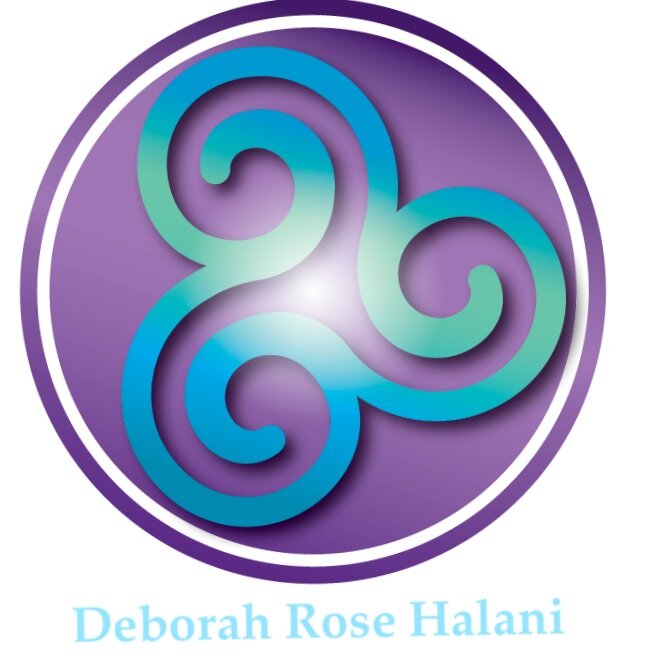Calan Haf/Mai or Bealtane
Calon Haf/Mai literal meaning is New Summer, Haf is taken from Hafod, meaning summer dwelling, Mai is May. Yes this ceremony is held on or near the 1 May in the Northern Hemisphere and 1 November in the Southern Hemisphere and it’s the final festival for Spring.
The time when the Earth is literally buzzing with fertility, life springs forth in all of its richness, and the land is covered with beautiful flowers; the freshly opened leaves of the trees are a quality of green that they only show at this time of year and of course the story tells use that the Lady of the Land takes the hand of the Horned God in a act of fertility.
It is actually a public holiday in Wales and celebrations begin the eve of Calan Haf with the lighting of the bonfires, and just like Nos Galan Gaeaf or Samhain the veil is at its thinnest so divination can occur. The villagers gather hawthorn (Welsh: draenen wen, "white-thorn") branches and flowers which they would then use to decorate the outside of their houses (never to be taken inside the house), celebrating new growth and fertility. Young maidens would crown their heads in beautiful sweet smelling flowers, in order to attract a sweetheart.
Being the time between Summer and Winter, Calan Haf would be the time to stage a mock fight between the two seasons, a man representing Winter carried a stick of blackthorn (Welsh: draenen ddu "black-thorn") and a shield that had pieces of wool stuck on it to represent snow. The man representing Summer was decorated with garlands of flowers and ribbons and carried a willow-wand which had spring flowers tied on it with ribbons. A mock battle took place in which the forces of Winter threw straw and dry underbrush at the forces of Summer who retaliated with birch branches, willow (Welsh: helygen) rods, and young ferns (Welsh: rhedyn). Eventually the forces of Summer would win and a May King and Queen were chosen and crowned, after which there was feasting, dancing, games and drinking until the next morning.
Common drinks during Calan Mai festivities were mead and sometimes it was made of herbs, including woodruff, a sweet-smelling herb which was often put in wine in times past to make a man merry and act as a tonic for the heart and liver. Elderberry and rhubarb wines were popular and the men also liked various beers.
Spring makes us feel young again, and on this festival we jump over the fires of vitality and youth and allow that vitality to enliven and heal us. When young we might use this time as an opportunity to connect to our sensuality in a positive creative way, and when older the mating that we seek might well be one of the feminine and masculine sides of our nature.
